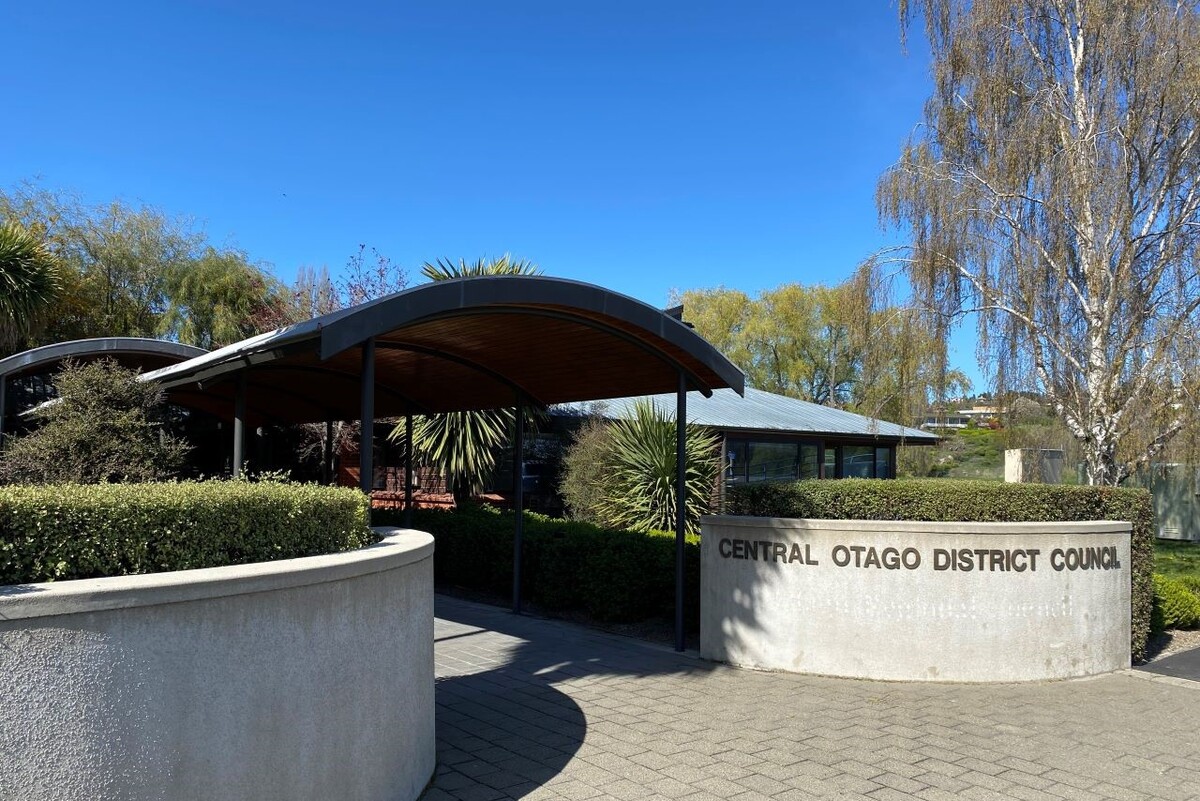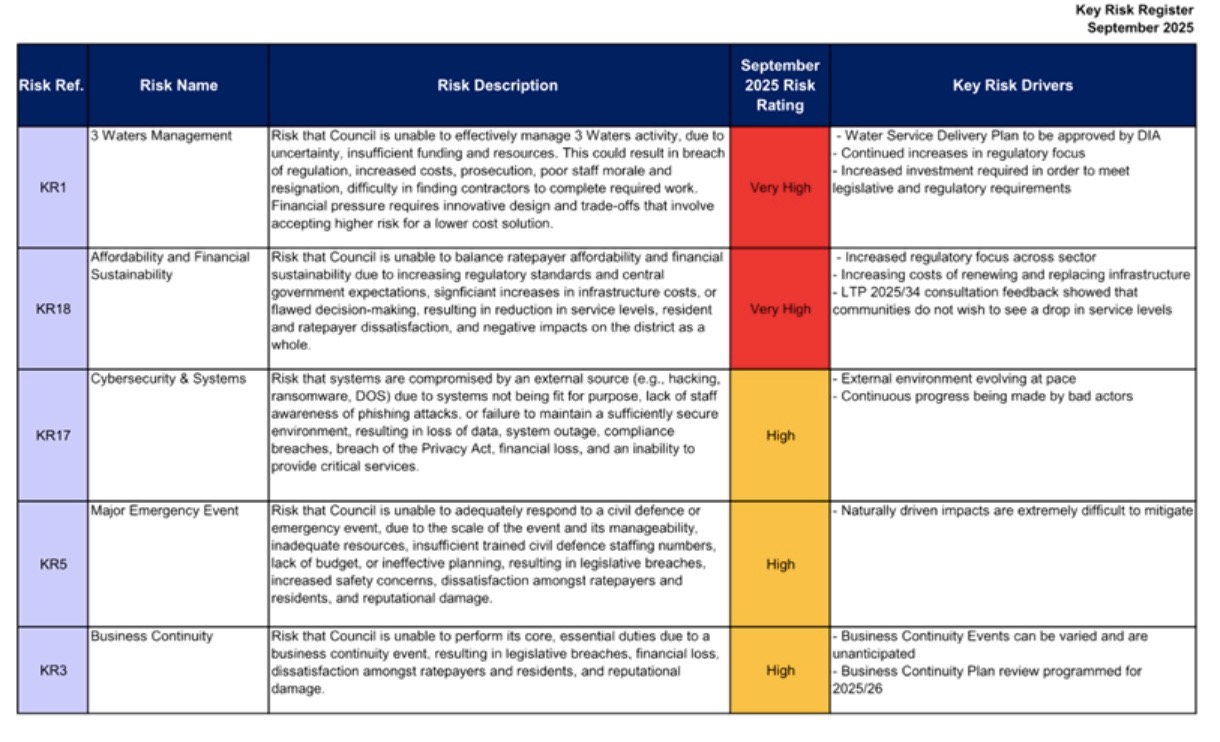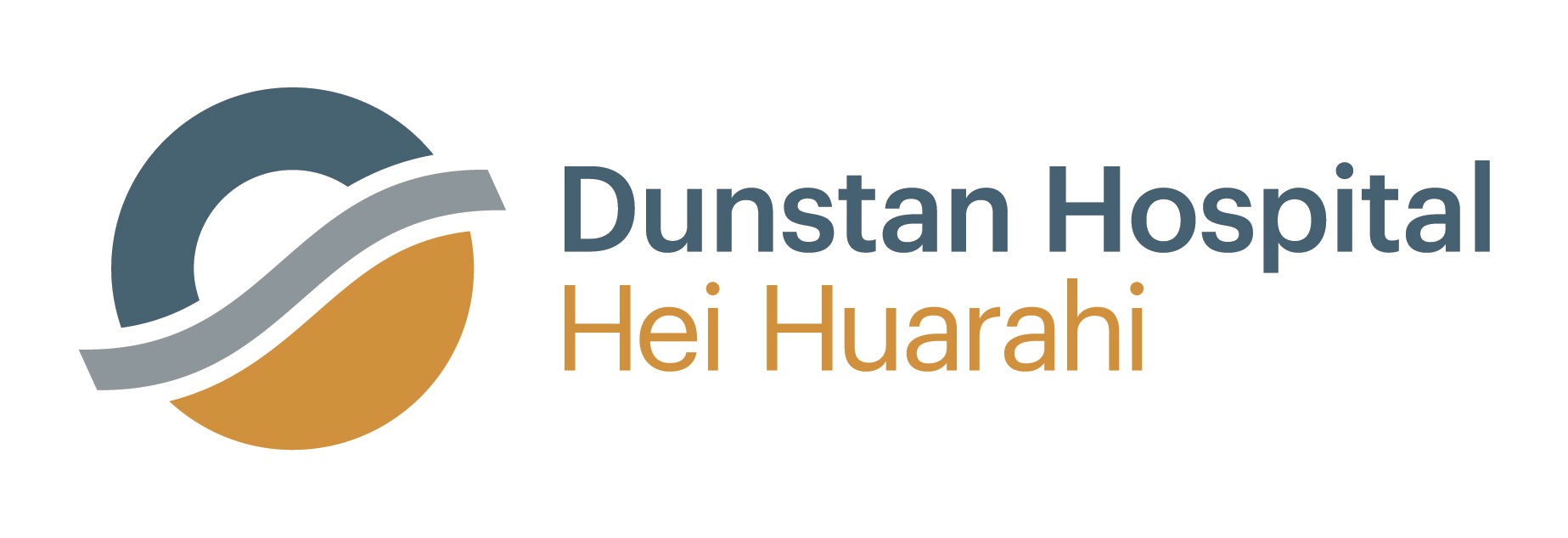CODC begins public reporting on major risks
Kim Bowden l The Central App
13 November 2025, 5:00 PM
 CODC’s Alexandra offices. Image: The Central App
CODC’s Alexandra offices. Image: The Central AppCentral Otago District Council (CODC) has started publicly reporting on the major risks it faces - from the future of three waters to financial pressures - as part of a new approach designed to give the community more visibility of how risks are managed.
Until recently, risk reporting was presented to both the Audit and Risk Committee and the full council, but the discussions were held behind closed doors due to the sensitive nature of some issues, such
as cybersecurity.
Now, a public version of the council’s key risk register is being tabled at full council meetings.
Mayor Tamah Alley said the shift was about giving the community a clearer view of how the council identifies and manages risk.
“We want to reassure our community that, yes, we actively consider risk, not only from a health and safety perspective, but also strategic risk, business continuity risk, and our overall risk appetite,”
Tamah said.
 A page of the latest
A page of the latest
public CODC risk report. Image: CODC/report
The term “risk appetite” refers to the level of risk an organisation is willing to accept to meet its objectives and deliver services.
Tamah used the example of running a swimming pool - a setting that can never be made entirely risk-free.
“If we had zero risk tolerance, we’d need a one-to-one lifeguard ratio and a lot of bubble wrap, which would make running a pool prohibitively expensive,” she said.
The latest quarterly report, presented at the council’s October meeting – the first for the newly-elected council - lists 16 key risks ranging from “very high” to “low”.
The two highest relate to the management of three waters infrastructure and the challenge of balancing affordability with long-term financial sustainability.
“These two risks are strongly linked,” the report said, reflecting the pressure councils face in maintaining core services while keeping rates in check.
Other risks identified in the register include infrastructure resilience, compliance obligations, and workforce retention.
Two risks - failure to meet iwi obligations and staff fraud - were assessed as low.
Tamah said the new reporting format had already proved valuable for elected members.
“It provides a clear, structured view of where our key risks lie and how they are being managed. Having this visibility helps us make informed decisions and ensures governance isn’t just reactive but
proactive.”
She said all organisations carried some level of risk, and part of council’s role as a governing body was to set its risk appetite, monitor risks, and ensure the organisation remained fit for purpose.
“We now bring our public version of the risk register to the council meeting, to ensure challenges for our operations remain front of mind and any changes are picked up promptly.”
Council staff will continue to monitor and update the risk register quarterly, with the next report due in December.
Have a story to share or comment to make? Contact [email protected]






